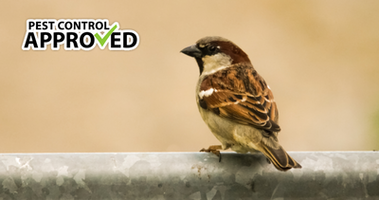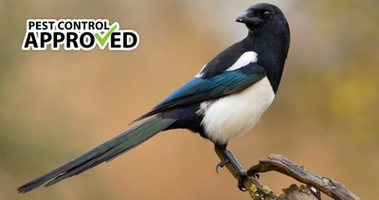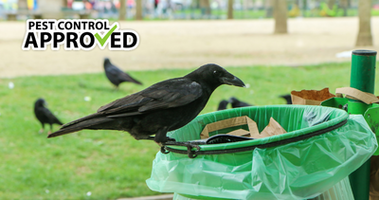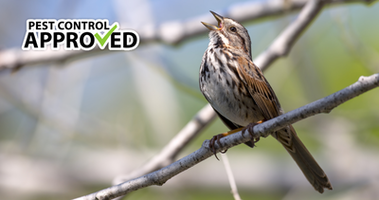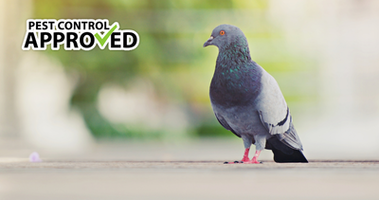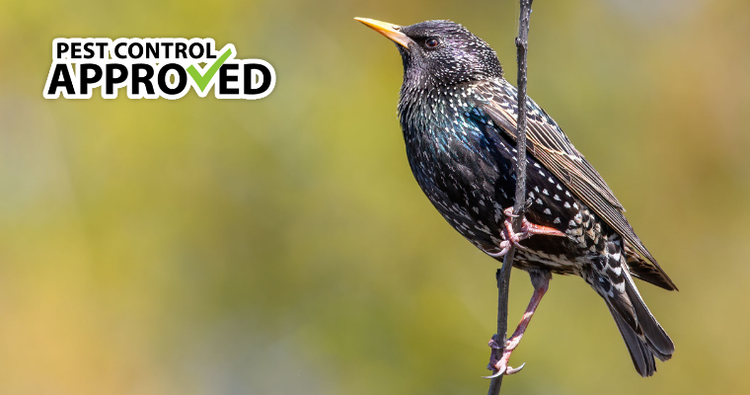
Starlings
The European starling, also called the Common Starling, is widespread across North America. It is invasive to many countries including Canada, the USA, and Australia. Starlings were originally introduced in New York in the 1890’s in an attempt to populate New York with ‘Shakespearean birds’. While starlings are on the decline in Europe, they thrive in Canada and many other countries.
NAME: Sturnus vulgaris
LOCATION: British Isles, Invasive: North America, Australia, Argentina, South Africa, Fiji
HABITAT: Lowlands and marshes
DIET: Insectivore and omnivore
SIZE: 19 cm to 23 cm
PREDATORS: Hawks, falcons, owls
LIFE EXPECTANCY: 2-3 years
Size
Starlings are 19 to 23 cm long with a wingspan of 31 to 44 cm. They weigh between 58 and 101 grams. They are considered mid-sized birds, about twice as large as sparrows, but smaller than robins.
Appearance
Starlings have a distinctive appearance. They have a sharp pointed bill, a short tail, and round stomach. Their legs are stout and pink or greyish-red legs. Adults are iridescent black, purple, and green. In winter, they gain small white spots on their back, wings, and stomach. In summer, they are a uniform shiny black. Starlings display some sexual dimorphism. The adult males have fewer spots than females. Males also have a vibrant brown iris while females have a dull brown or grey iris. Juvenile starlings are grey-brown and gain their black coloration and spots as they age.
Diet
Starlings forage close to the ground, often in low grass. They are primarily insectivores, needing the insects’ nutrients for breeding. These insects include spiders, flies, moths, dragonflies, ants, bees, and beetles. Starlings also consume seeds, nectar, and fruit. While they enjoy fruit, they cannot process large amounts of sucrose (sugar). In urban areas, they often consume fast food.
Habitat
Starlings primarily dwell in low-lying areas. These areas include farmland, marshes, and grassland. The short grasses provide easily accessible food. They avoid heavily wooded areas but occasionally live on the coast, where they consume seaweed. On coastlines, they often take over existing nests in the rocky cliffs. However, they prefer urban or suburban areas where man-made structures or non-native trees provide ideal roosting areas.
Reproduction
Male starlings fill cavities in buildings or trees with dead grasses and fresh vegetation to create a nest. Then they decorate the nest with flowers to attract a mate. This mating takes place in the spring or summer and the eggs are laid over a few days. Female starlings carefully count the number of eggs they lay and, if one is missing, they will lay another one. Generally, they lay 4 to 5 shaped eggs at a time. The eggs are oval shaped and blue. They are about 28 mm in size, similar to robin eggs. Starling eggs are incubated for 13 days before the babies are born, blind and naked. They are fed by both parents for about three weeks. When the chicks become fledglings, they continue to be fed for another two weeks until they become juveniles. Starlings can produce two to three broods per year.
Predators
Starlings are not easy prey. They can usually outfly hawks and falcons. They are agile and can fly up to 77 Km per hour (48 miles). Nonetheless, they sometimes fall victim to peregrine falcons and merlins. But their main predator is owls. Owls attack at night when the starlings are asleep and vulnerable.
The most common predator of starlings is actually parasites. Because starlings are not native to North America, they are frequent prey of internal and external parasites. External parasites like fleas and ticks are usually not fatal. But they can cause deadly deformities. Internal parasites such as blood-sucking worms will kill or deform starlings. The syngamus trachea gapeworm is common in Canadian birds. It is found in infected feces or in insects such as earthworms and snails. The gapeworm is inhaled and travels from the lungs to the trachea (windpipe). It causes the bird to suffocate.
Domestic cats kill thousands of birds every year, especially in cities with large feral cat populations. These cats are often better hunters than indoor housecats. They will hunt and kill many birds in their neighborhoods. Starlings are no exception, although their fast flying skills prevent them from being frequent victims. Generally, cats kill baby or juvenile starlings. Since cats are adept climbers, they can reach the starling’s nests. In some areas, racoons and squirrels may also kill and eat starling eggs.
Humans are occasional responsible for starling deaths. While starlings are rarely hunted, they can be injured or killed by agricultural programs and machinery.
Lifespan
Starlings generally only live two to three years in the wild. Their high mortality rate comes from the high death rate of nestlings. Squirrels, cats, and racoons raiding nests and eating the eggs reduces their average lifespan. Only 20% of nestlings survive to breeding age. The adult survival rate is much higher at 60%. In captivity, starlings can live 15 to 20 years.


